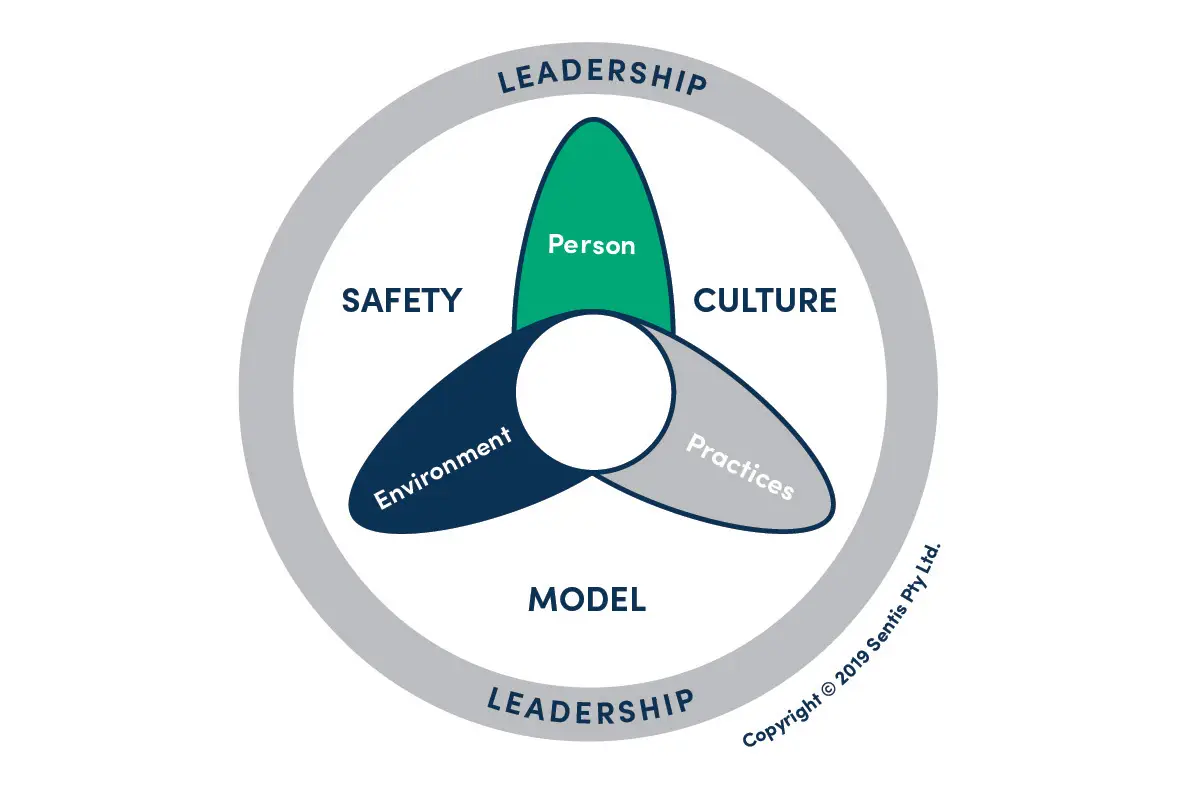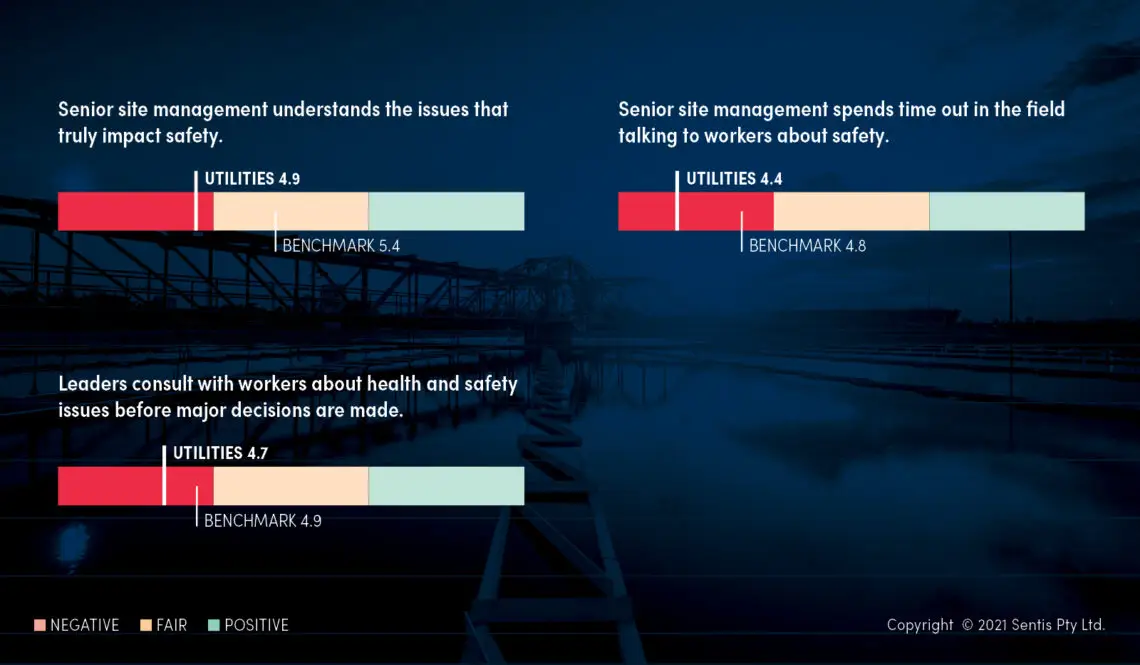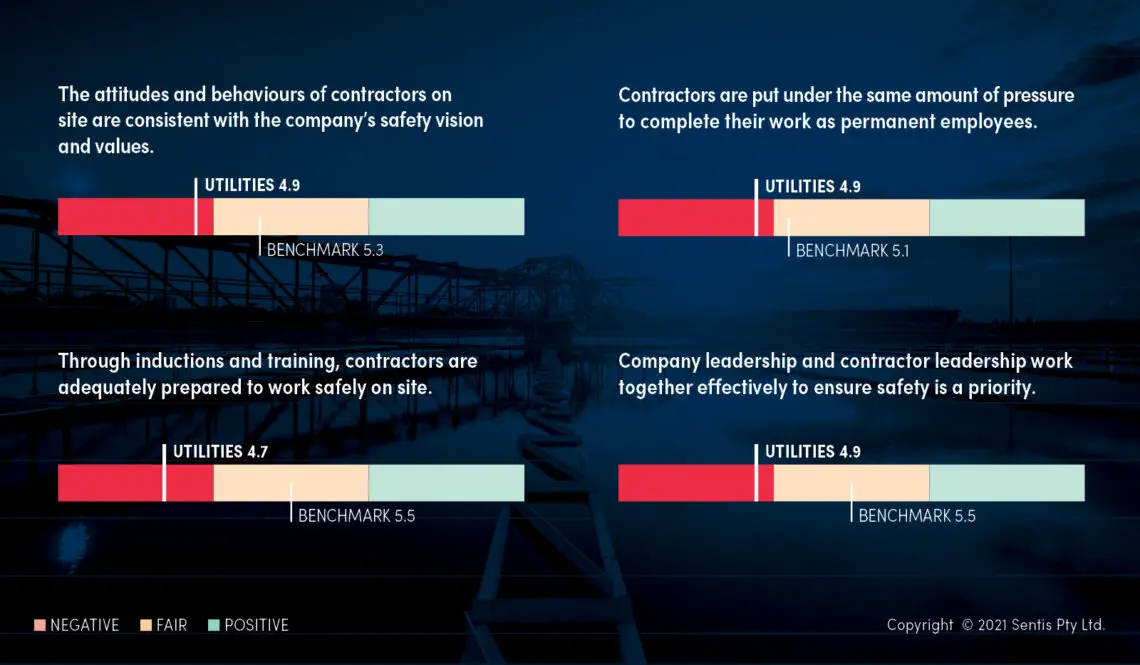An ‘us versus them’ environment fuels a negative safety culture
Utilities are an essential service in the community. Neighbourhoods across the country rely on them to keep switching their lights on, run water from a tap and dispose of their rubbish. Proud of their contribution, workers across this sector are dedicated to a ‘job well done’ despite the high production pressures involved in the task at hand.
Yet, the latest investigation into this critical service indicates numerous concerns about the safety culture in utilities. In fact, it’s possible that the negative safety culture within the sector is so prevalent that it’s putting people at risk of not returning home safely after a shift.
In this article, we explore how leadership style can undermine the opportunity for a healthy safety culture to function. As you read, consider this: what needs to change in your own workplace to ensure your teammates always get home safely to the things they love?
Negative safety culture in utilities
In a positive safety culture, people across all levels of the organisation see safety as a personal value and actively choose to follow safety procedures. But recent data indicates that this isn’t the norm in utilities; in fact, it’s quite the opposite.
The new State of Safety Culture in Utilities report indicates 87% of utility worksites operate within a negative safety culture. A negative safety culture within an organisation is signified by unhelpful shared safety attitudes and beliefs. For example, safety is considered a burden or a barrier to getting the job done. This attitude is connected to sporadic safety compliance which can trigger an increased risk of serious incidents and fatalities.
Further, we know that the rate of incident underreporting and production pressure are helpful indicators for the maturity of an organisation’s safety culture. When one or both indicators are high, it’s often a sign of low maturity. Concerningly, the State of Safety Culture in Utilities report found 25% of incidents went unreported, with this escalating to 37% for workers 30 years old or younger. These results are higher than other industries and point to a negative safety culture so embedded it operates below the subconscious of workers in the industry.
The divide that fuels negative safety culture
Leadership impacts the safety culture of a business more than any other factor. In fact, a positive safety culture often occurs when an open, collaborative style of management operates throughout an organisation. Importantly, safety support, consultation and communication are all affected by the leadership style in play.

The State of Safety Culture in Utilities report found there is a strong disconnect between frontline workers and senior management. Supervisors and frontline workers attest that senior site management:
- don’t understand issues that impact safety
- don’t spend enough time in the field to truly understand everyday matters that workers face,
- rarely consult with workers about health and safety issues before major decisions are made.

In addition, working relationships between permanent team members and contractors are also poor. External contractors are a huge part of ‘getting the job done’ together, yet employees report:
- attitudes and behaviours of contractors aren’t consistent with company values
- contractors aren’t adequately prepared to work safely on site
- permanent employees aren’t put under the same level of production pressure as contractors

This ‘us versus them’ attitude is typical in negative safety cultures and serves to erode any efforts to create positive change across the worksite. Although group mentality is natural part of the human condition, it’s important organisations work at all levels to motivate team members to feel part of the ‘big picture’.
Leadership considerations to effect positive change
What’s clear is that the leadership style of management has a strong influence on the attitudes and beliefs of safety across a company. Although the sector is performing behind benchmark, the good news is that these findings hand utilities businesses a huge opportunity. An opportunity to transform. By addressing the closed leadership style common across the industry, utilities can lead itself towards a safer future for all.
To start investigating the attitudes and beliefs toward safety in your own organisation, consider:
- Do senior leaders create opportunities for supervisors and frontline workers to engage or consult on day-to-day issues?
- Do trust and psychological safety exist at all levels of the business?
- Do workers regularly suggest improvements?

Get Report ➔ |
Learn moreThe State of Safety Culture in Utilities report focuses a lens on the industry’s approach to safety at work and how it impacts environment, people, processes, leadership and wellbeing. This straightforward and useful report lists key questions and considerations for leaders with a practical self-reflection tool and roadmap for safety culture change to help you power forward. Claim your complimentary copy now. |




